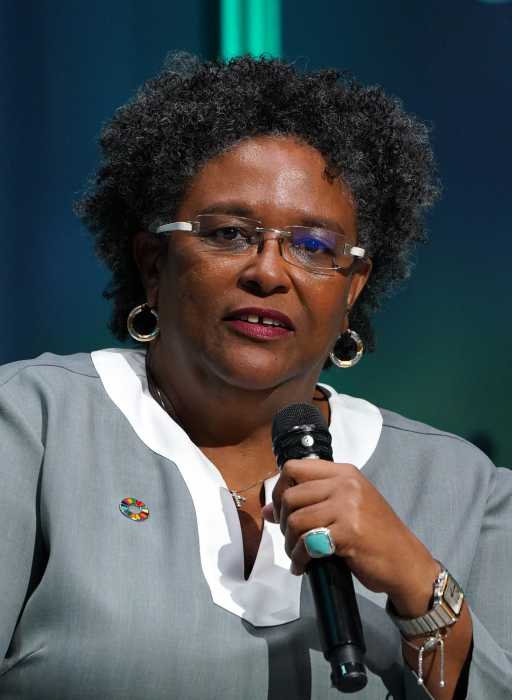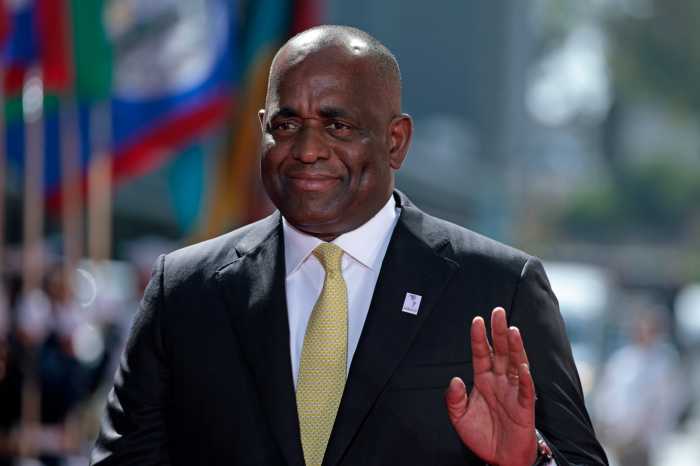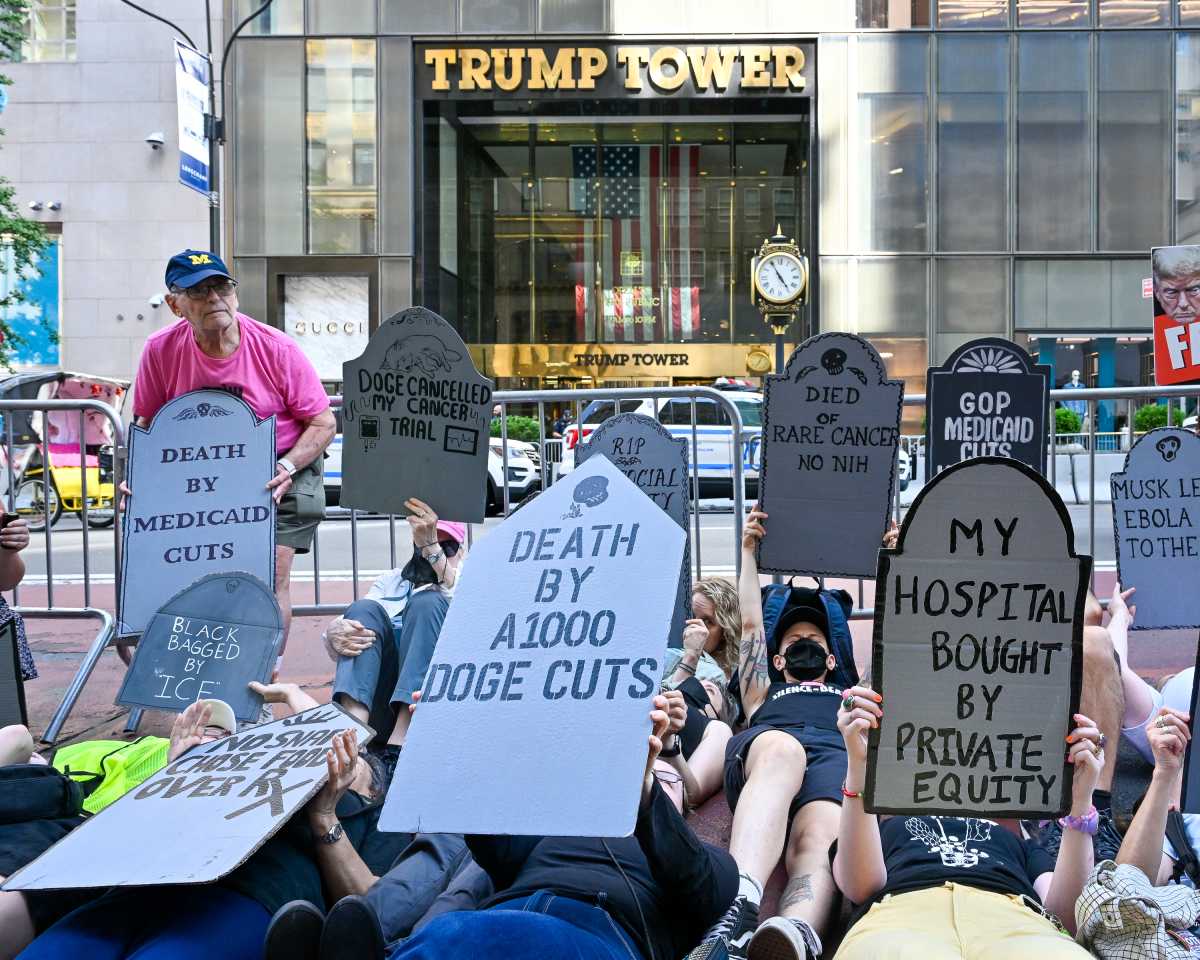The Barbados government has finally sprung into action cleaning up the effluent plaguing the South Coast for over a month, and ordering replacement parts for the defective pump that caused what some see as a disaster.
For just over a month, waste water and sewage began popping up through manholes of the sewerage system, angering residents and owners of supermarkets and restaurants, along with hotel operators who suffered some cancellations by tourists complaining of the stench.
Since reports began in November of the effluent emerging on the streets and flowing onto premises along the coast, government had been in denial, contending that it was only harmless excess water caused by heavy rains, but the administration finally buckled down last weekend to admitting that the sewerage system on that side of the island was defunct.
“I certainly regret the fact that we allowed the situation to reach the point where it affected so many people, “ Health Minister, John Boyce said Sunday.
Built in 2003 by the previous Barbados Labour Party government, the South Coast Sewerage Plant is responsible for extracting solid waste from sewage that is pumped in from households and businesses, and disposing it a designated dump site, while sanitizing the remaining liquid before thrusting it deep into the sea almost a mile offshore.
But there was apparently little or no upkeep of the facility from that time, despite a change in government in 2008 to a Democratic Labour Party administration.
Boyce conceded, “it is a fact that maintenance should have been applied to that plant, the kind of interventional maintenance should have been applied, at a much earlier stage.”
On the Saturday preceding Boyce’s admission, officials of the Barbados Water Authority, that holds management responsibility for the plant, announced that Bdos$2 million (Bdos$1 = US 50 cents) in special equipment has been ordered for the plant. But preparation by the overseas manufacturers and shipping will take a total six weeks. Added to that, installation of this vital machinery into will take another two weeks.
This means that the people of the area, especially householders, restaurateurs and hotel operators in Christ Church West, Christ Church South, and Worthing have to endure another two months of foul-smelling waste matter popping up on the roads outside their premises and flowing onto their building compounds.
All Health Minister Boyce could offer, as a consolation in the meantime, was rapid responses by cleaning teams.
“The Environmental Protection Department [will] work hand in hand to ensure that in the event of any similar situation … there will be corrective action.”
He added, “there will be sterilization going on, and there will be clean-ups wherever necessary.”
He assured that the management of the defunct sewerage system, “will ensure that the spillage is kept to a minimum, or completely eliminated.”
But this crisis that threatens a significant segment of Barbados’ tourism offering at the peak winter season, gave Opposition Leader, Mia Mottley, an opportunity to say, “I told you so.’’
In fact, Mottley had warned government of an imminent danger to the sewerage system since October 2015, when she read, at her Barbados Labour Party conference, a leaked confidential letter from a Ministry of Health biochemist to the Water Authority, warning that the entire South Coast waste disposal network will soon crash.
“One year ago I warned the prime minister about the non-functioning of the South Coast Sewage Plant,” Mottley said at a political rally a week ago.
“But 14 months later, what do we have?,” she asked.
She then quoted numerous news reports indicating, “from as early as the 4th of November of sewage being seen all along the south coast.”


























